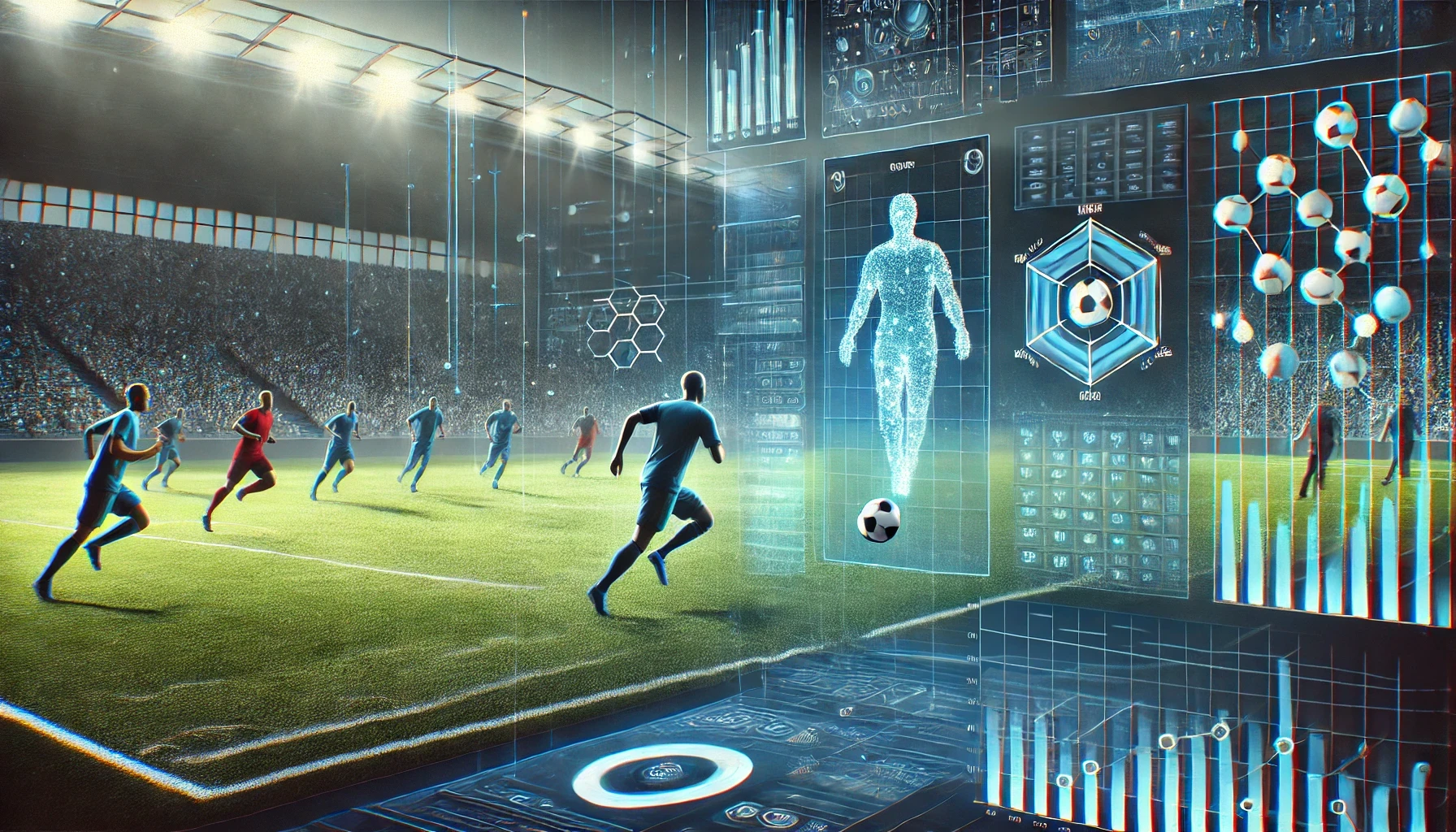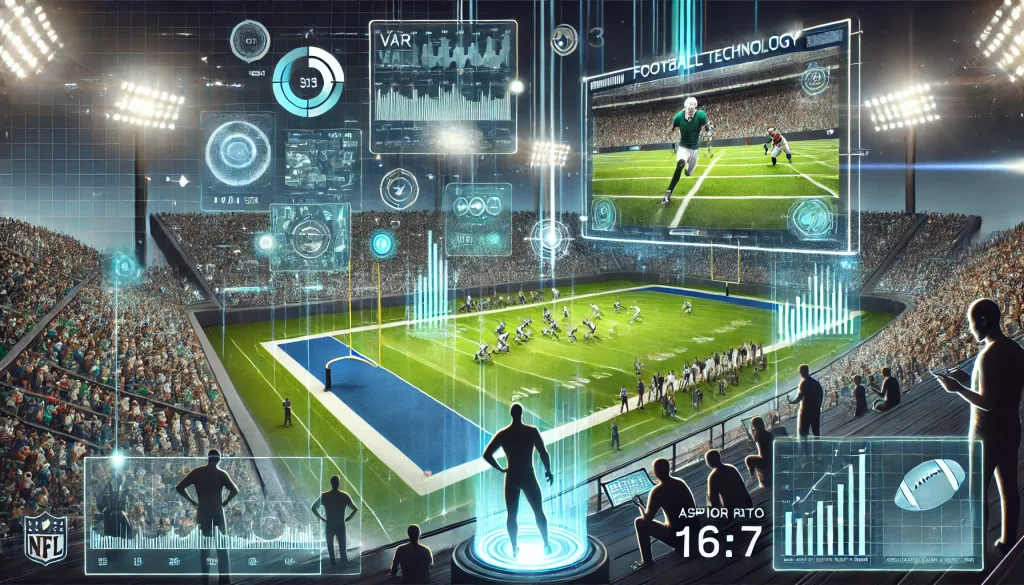The Impact of Technology on Modern Football: VAR, Analytical Data, and Other Innovations

Modern football has been profoundly transformed by technological innovations, which have enhanced decision accuracy, developed new strategies, and improved player safety. One of the most significant innovations has been the implementation of VAR (Video Assistant Referee), which allows for review of controversial moments. Additionally, analytical data has opened up new possibilities for training planning and strategy selection. In this article, we will explore how technology impacts modern football and the opportunities it brings.
1. Video Assistant Referee (VAR): Enhancing Fairness in the Game
The introduction of VAR has been one of the most discussed innovations in football, aimed at reducing referee errors and ensuring fair play. VAR enables the review of critical moments, such as goals, penalties, and red cards, using video footage from multiple angles. While this innovation has received mixed reactions from fans and players, its contribution to increasing officiating accuracy is undeniable.
How VAR Works in Practice
VAR consists of a team of referees who monitor the match from a dedicated room and have access to multiple camera views. In case of a contentious moment, they can communicate with the on-field referee and suggest a review of the decision. This approach helps avoid many erroneous decisions, although some argue that VAR disrupts the game’s flow. However, the system continues to improve to reduce review times and better integrate into the game.
Beyond technical aspects, VAR is crucial in reducing the emotional strain on referees, helping them focus on the quality of officiating. It also provides greater transparency, as fans can see how decisions are made, enhancing trust in the process. VAR restores fairness in the game by minimizing human error.
2. Analytical Data: New Opportunities for Strategy
In addition to VAR, modern football clubs increasingly use analytical data for planning strategies and preparing players. Using data, coaches and analysts can evaluate each player’s effectiveness, analyze team actions in real time, and adjust tactics for specific situations. This opens up new possibilities for developing innovative approaches that were previously unattainable without such precise tools.
The Role of Data in Improving Player Efficiency
Analytical data plays a crucial role in monitoring players’ physical condition, allowing the development of individual training plans and the prevention of injuries. These tools help coaches assess how long a player remains at high intensity, how quickly they recover, and under what conditions the risk of injury increases. This contributes to the longevity of a player’s career by preventing overexertion.
Another advantage of using data is analyzing player interactions on the field. For instance, analysts can identify which player combinations are most effective, enabling the development of new tactical solutions. By analyzing data on passes, ball recoveries, and defensive actions, coaches can better understand how to utilize team resources effectively. This offers an advantage in a competitive environment and allows for a more flexible response to game developments.

3. Wearable Technology: Monitoring Player Health and Performance
Wearable devices, such as GPS trackers and heart rate monitors, have become widely used in football for real-time monitoring of players’ physical metrics. These devices allow coaches and medical staff to gather data on players’ conditions during training and matches, which is crucial for optimizing training loads and preventing injuries.
Benefits of Wearable Technology in Football
Wearable technology provides accurate data that enables coaches and doctors to monitor a player’s physical state. For instance, if a player’s heart rate spikes unexpectedly, coaches can react and substitute the player to prevent overexertion. Additionally, data on speed, distance, and effort allows a precise assessment of players’ physical readiness and adjustment of training intensity.
In addition to health monitoring, wearable technology aids in post-match recovery, as coaches can pinpoint the needs for extra hydration, massage, or physiotherapy. This helps reduce recovery time and enhances player endurance, which becomes a vital factor in today’s dense competitive schedule.



